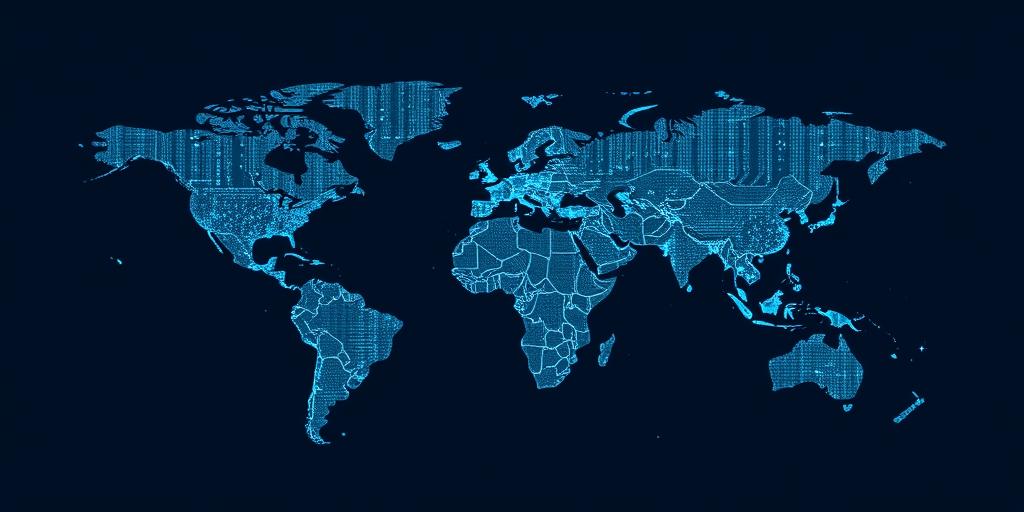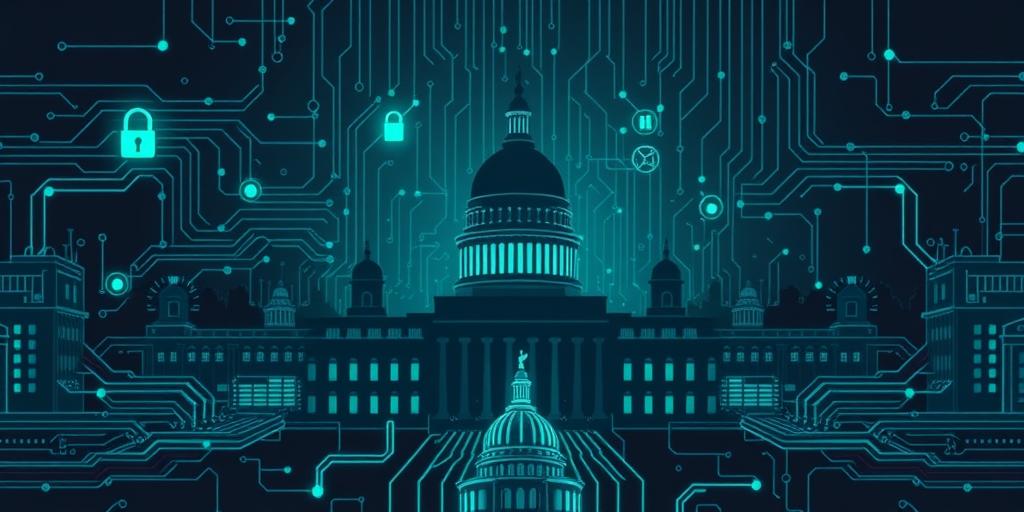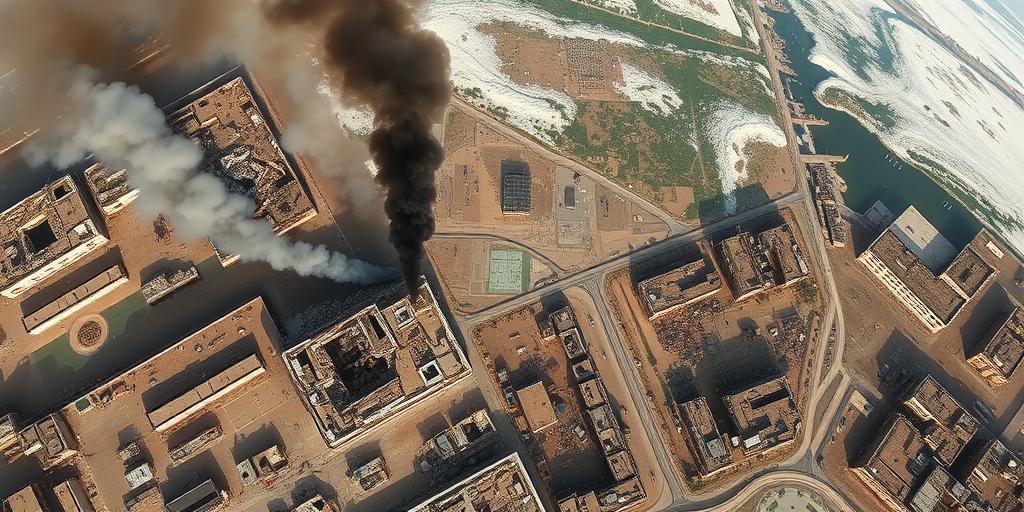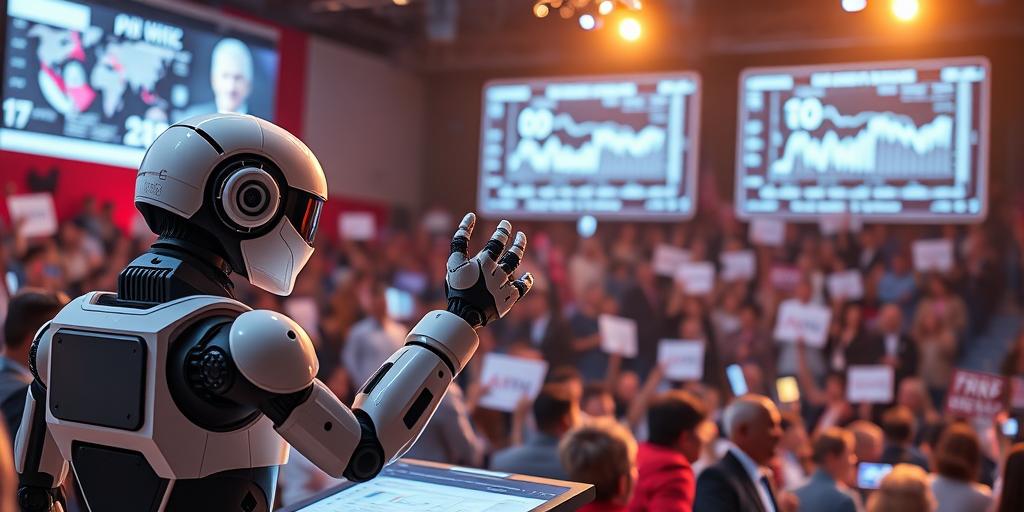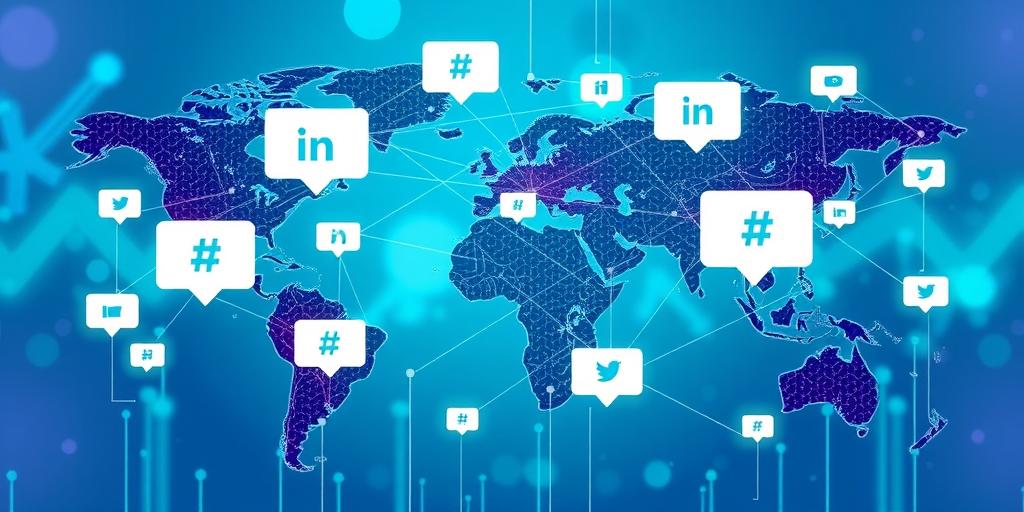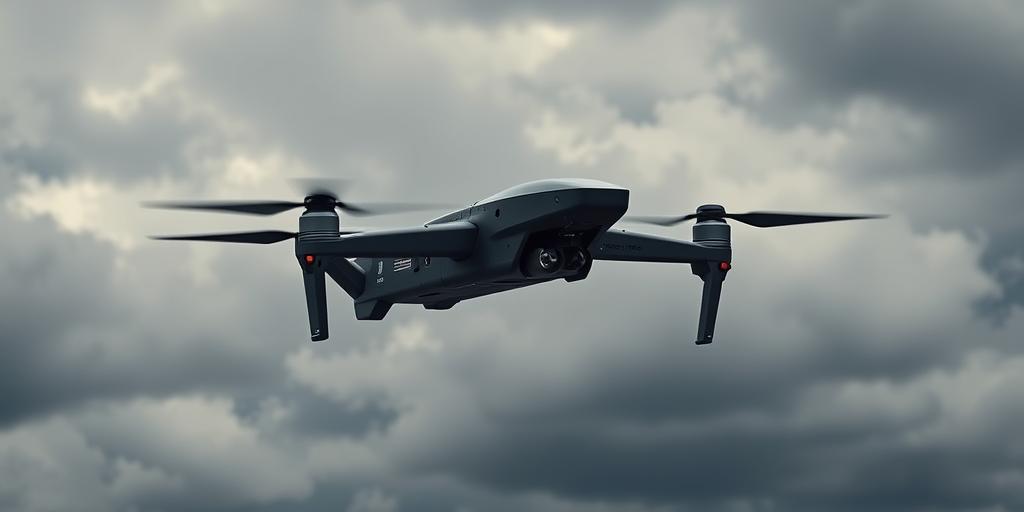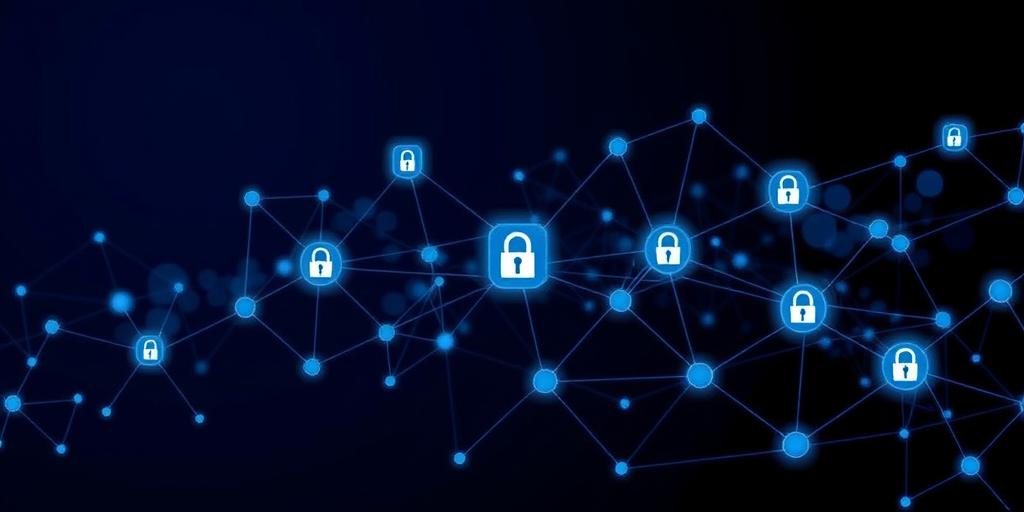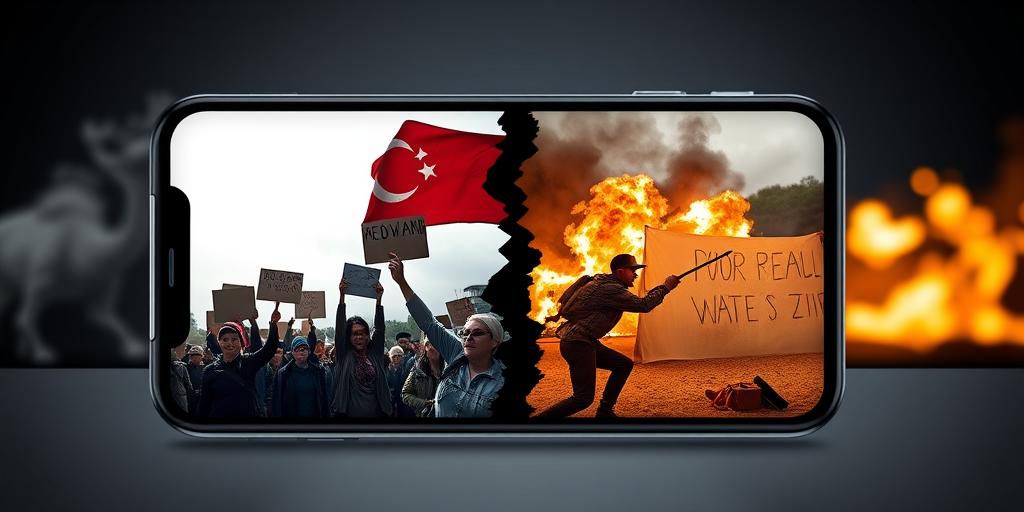
The Impact of Social Media in Conflict Zones
Social media's influence in conflict zones is a double-edged sword. On one hand, it serves as a vital tool for citizen journalism, allowing individuals to document events on the ground and share information that might otherwise be suppressed. Platforms like Twitter and Facebook have become essential for activists and human rights organizations to organize, disseminate information, and raise awareness about human rights abuses. Social media also enables diaspora communities to stay connected with their home countries and provide support. It provides a space for dialogue and can help build solidarity across borders.
However, the same platforms can be used to spread disinformation, incite violence, and manipulate public opinion. The rapid dissemination of unverified information can exacerbate tensions and lead to real-world harm. Extremist groups often use social media to recruit new members, spread propaganda, and coordinate attacks. Social media can also be used for surveillance and censorship. Governments and other actors may monitor online activity to identify and target dissidents or suppress dissent.
Ultimately, the impact of social media in conflict zones depends on how it is used. While it can be a powerful tool for promoting peace and justice, it can also be used to fuel conflict and oppression. Understanding the complexities of social media's role in conflict zones is essential for developing effective strategies to mitigate its negative impacts and harness its potential for good.

